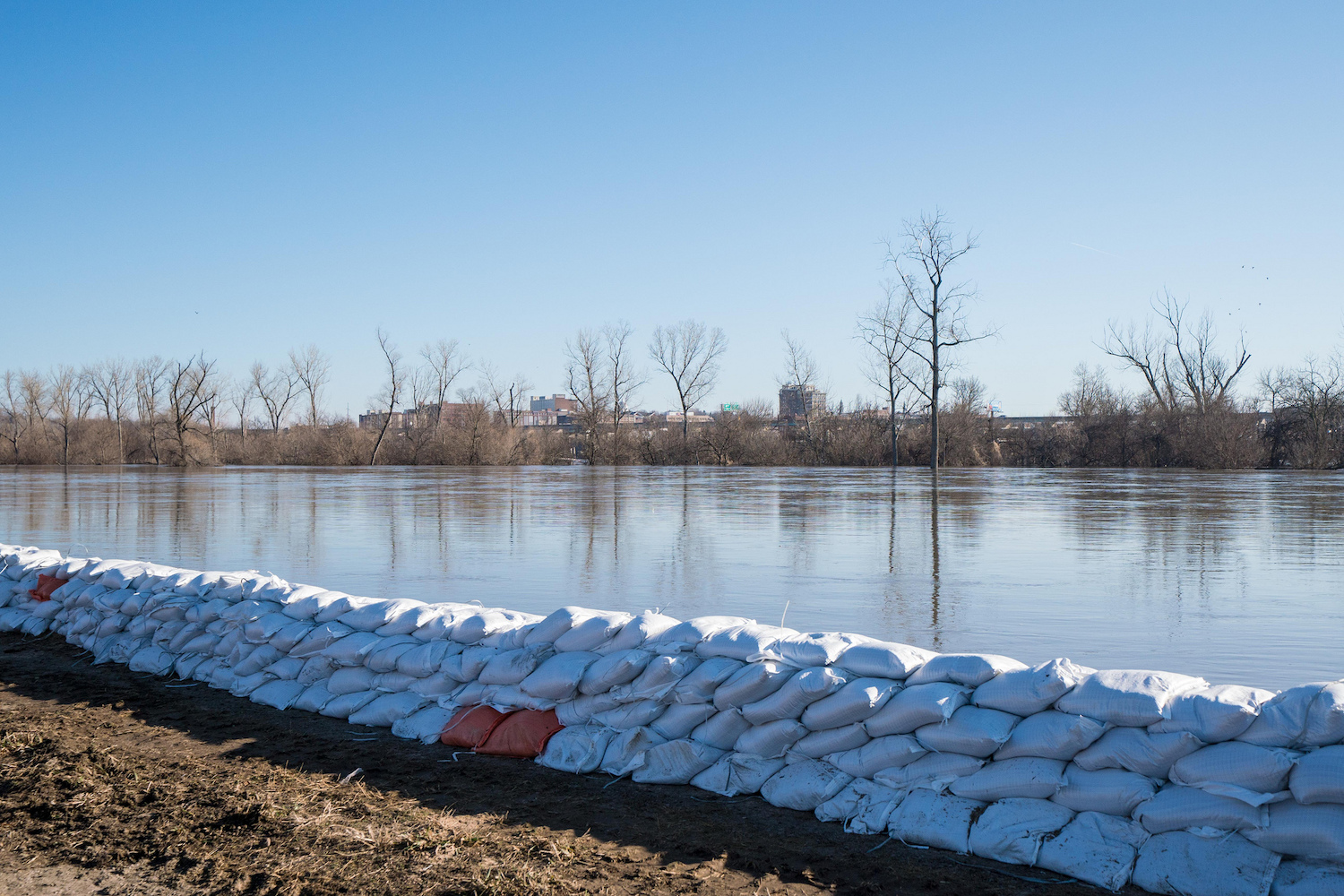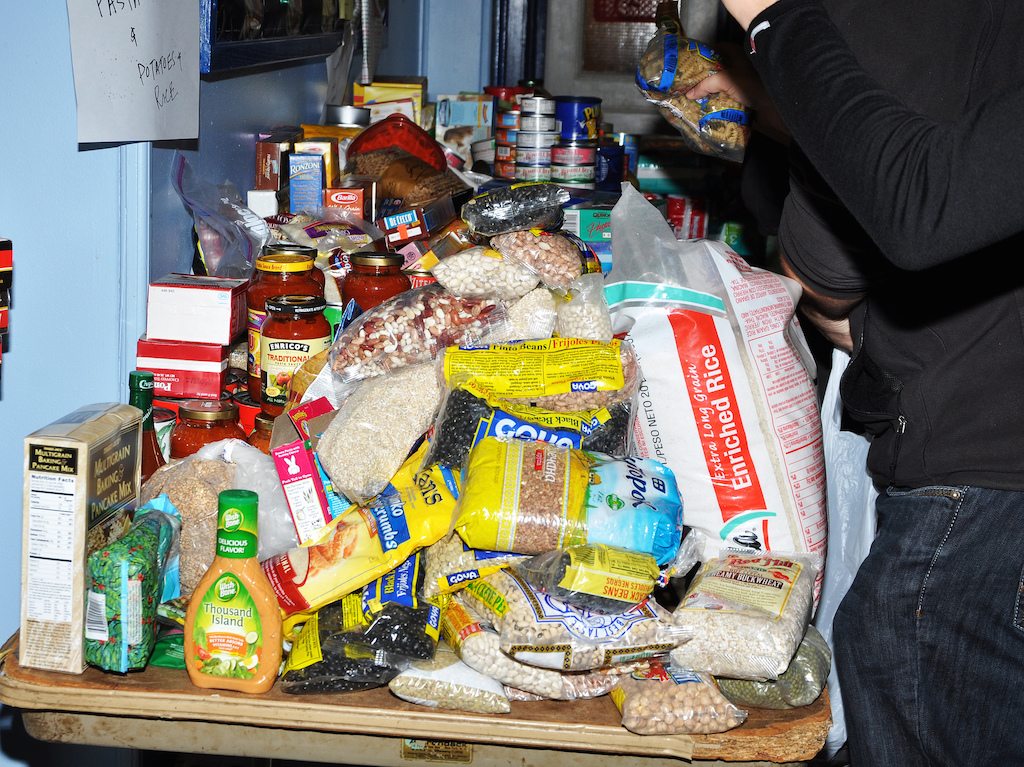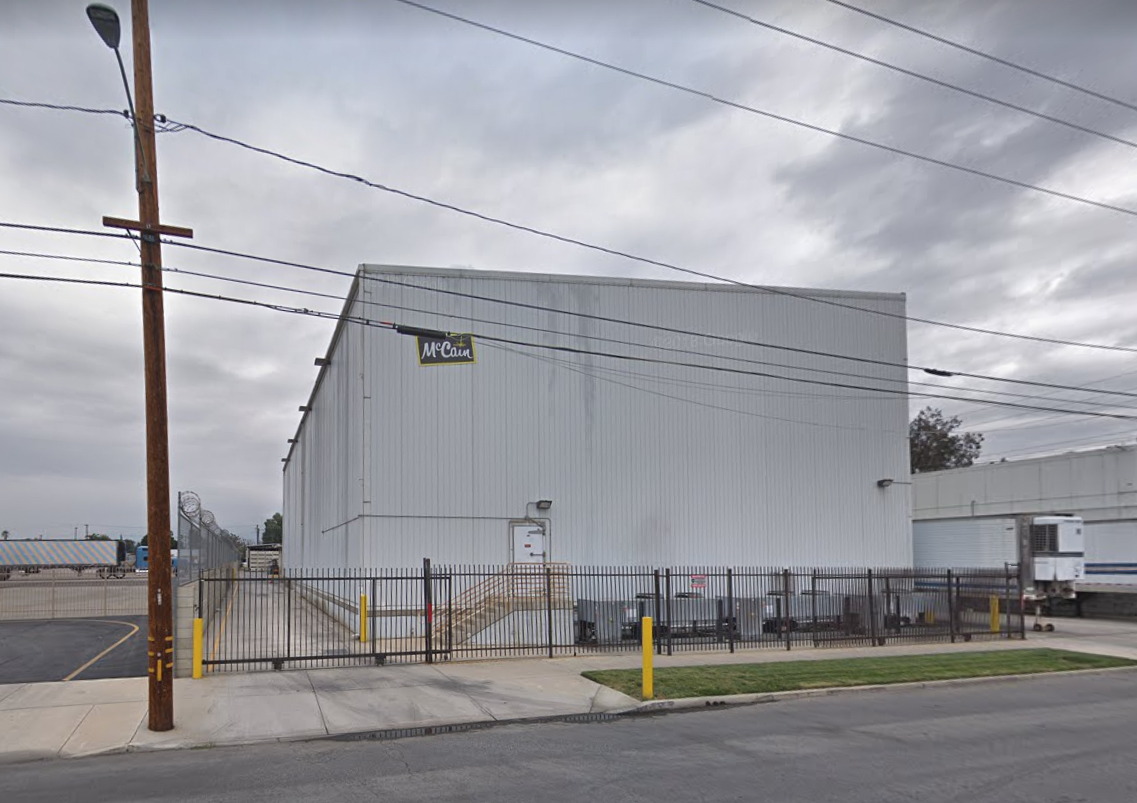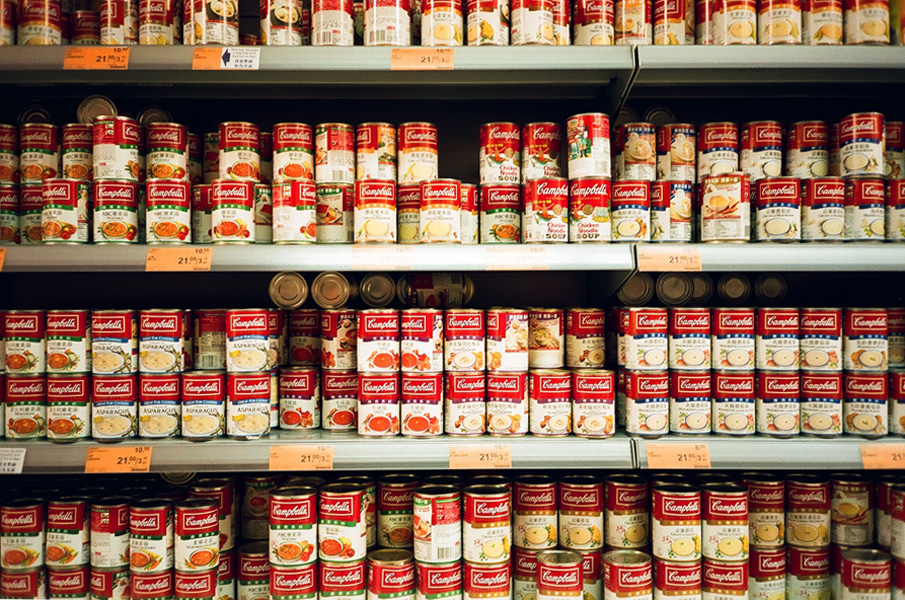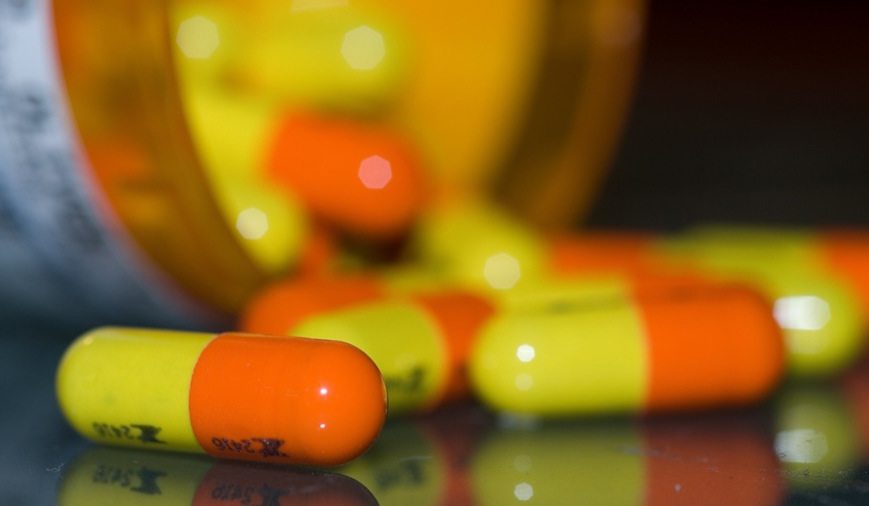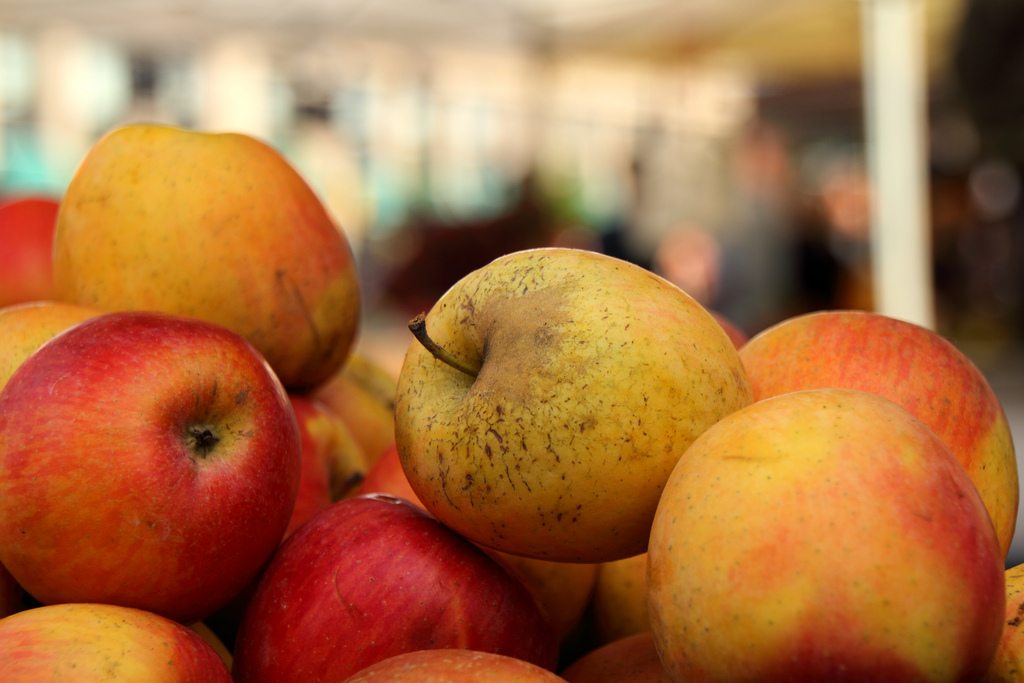In the wake of Midwestern flooding that has caused more than $3 billion in damage, forced thousands from their homes, and led to at least four deaths, the United States Department of Agriculture (USDA) is trying to sound the alarm about a corollary safety issue—spoiled and contaminated food.
“As evacuated residents begin to return home, whether they’ve been away for a couple days, weeks, or months, they want to know if their food is okay to consume,” says Janell Goodman, technical information specialist at USDA. “It often isn’t!”
The issues are twofold. First, when your fridge loses power for more than four hours, perishable food has a pretty narrow window before harmful bacteria can start to grow. Second, floodwaters themselves can be breeding grounds for pathogens, as raw sewage, dead animals and other contaminants are swept up in the flow. This has the potential to contaminate even nonperishable, shelf-stable foodstuffs.
 USDA
USDA Consult USDA’s guide to food safety after flooding and power outages
“If any of your food comes in direct contact with floodwater—even a little—we’d advise you not to touch it,” says Krissy Prussman, health administrator in Holt County, Missouri, where thousands of residents were evacuated last week. The Centers for Disease Control and Prevention even advises not to let floodwater come in contact with your skin (if possible).
As we reported on Monday, floodwaters have tainted drinking water supplies in some Missouri communities, and 8,000 members of the Pine Ridge Indian Reservation in South Dakota have been left without safe drinking water, according to television station KELO in Sioux Falls, South Dakota (the National Guard has stepped in there to distribute water).
These type of food and water contamination issues can persist long after the floodwaters recede. After Hurricane Matthew ravaged much of North Carolina in 2016, the state Department of Environmental Quality found elevated fecal bacteria in local water, four months after the hurricane had come and gone.
Though some water has been receding from the recent floods, many reports are predicting further flooding in the weeks ahead. Prussman says her county has been gearing up for a prolonged disruption. “They’re telling some evacuated residents they may not be returning to their homes until fall,” she says.
 USDA
USDA
Of course, common sense would suggest that your refrigerated food will be long spoiled after weeks or months away from home. But what about, say, canned goods and other shelf-stable items? The USDA is advising that even these foods may carry some risk, if they aren’t 100-percent airtight. And if you do opt to keep those food items, the packages should be washed and sanitized thoroughly with bleach and boiled water (see “Steps to Salvage” graphic for detailed guidance to the right) before use.
“My office is definitely in the ‘When in doubt, throw it out’ mindset,” says USDA’s Goodman, who adds that the agency typically receives many calls after a natural disaster from people checking to see whether food is ok. It also gets calls from people who have fallen ill from suspected foodborne illness after flooding. (That number is 888-674-6854.)
One other note: If you’re wary of eating food yourself, resist the temptation to donate it to others. “We understand people are trying to avoid food waste, but donating contaminated food isn’t really helping,” says Goodman.
